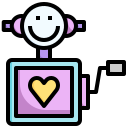Robotics is a fun and fascinating field that combines science, engineering, and technology to create machines called robots. For kids, learning about robotics opens a world of creativity, problem-solving, and innovation. Understanding the basics of robotics not only helps children develop critical thinking skills, but it also prepares them for the technology-driven world of tomorrow. From building simple robots to programming them to perform tasks, robotics introduces kids to the exciting possibilities of STEM (Science, Technology, Engineering, and Mathematics) in an engaging and hands-on way.
What Is Robotics?
The World of Robots
Robots come in many shapes and sizes, each designed for a specific purpose. Some robots help clean our homes, others explore outer space, and some even assist doctors in the operating room. When children see these machines at work, they realize that robotics is not just science fiction but a real part of everyday life. Exploring the amazing world of robots inspires imagination and curiosity about what is possible through technology.
How Robots Work
Every robot is made up of several key parts that allow it to move, sense the environment, and perform actions. Actuators like motors and gears give robots movement, while sensors let them detect obstacles or changes in their surroundings. A controller, often a small computer or microchip, acts as the robot’s brain, processing information and telling the robot how to behave. By learning about these parts, kids begin to understand the basics of engineering and technology behind robots.
The Importance of Robotics
Learning robotics at a young age helps children develop important skills such as problem-solving, teamwork, creativity, and logical thinking. As technology evolves, robotics becomes more relevant to our daily lives and future job opportunities. By engaging with robotics, kids get to glimpse the future and prepare for a world where robots play an increasingly significant role in society and industry.
The History of Robotics
The idea of robots has been around for thousands of years. Ancient inventors created simple machines powered by water, wind, or even hand cranks to perform repetitive tasks. Legends and stories from different cultures also featured artificial beings that resembled robots. These early beginnings planted the seeds for the complex robots we have today, showing that human fascination with robots runs deep across history.
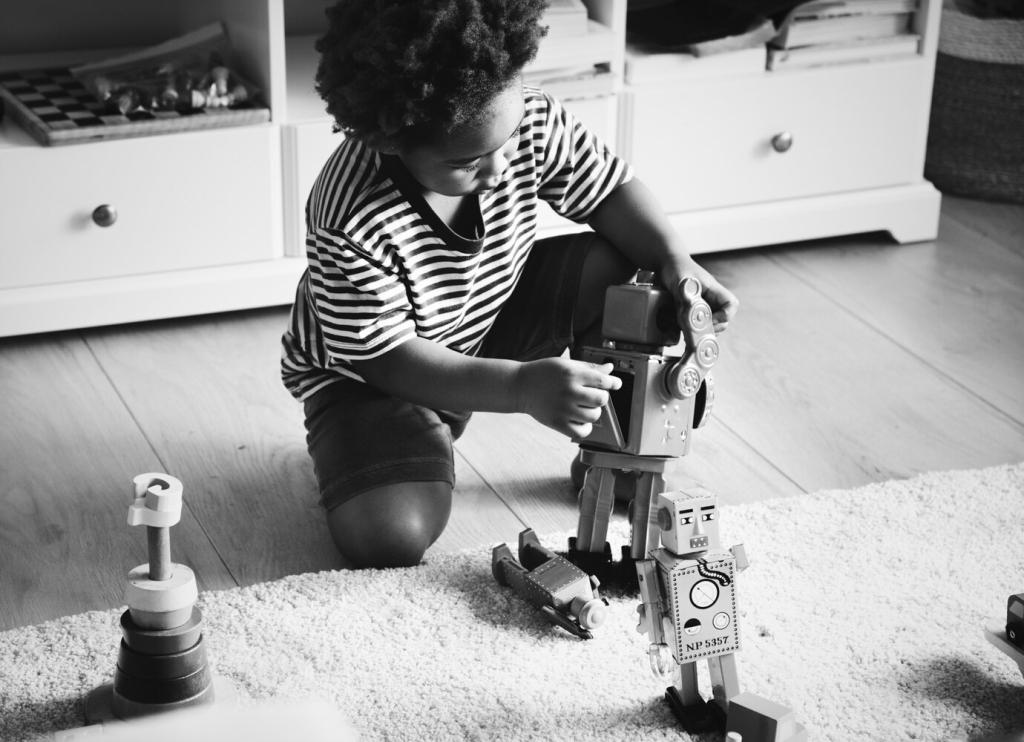

Basic Components of a Robot
The controller acts as the brain of the robot. This component processes information, makes decisions, and sends commands to other parts of the robot. Controllers can be as simple as a remote control or as complex as a mini-computer like an Arduino or Raspberry Pi. When kids program a controller, they are giving instructions for the robot to follow, which is the first step in learning the basics of coding and robotics.
Bristle Bots and Wigglebots
Bristle bots and wigglebots are simple robots made from items like toothbrush heads, vibrating motors, and batteries. These tiny robots move around by vibrating, changing direction as they bump into obstacles. Kids love making these robots because they’re quick to assemble and provide instant results. Building a bristle bot teaches important science concepts like vibration, motion, and energy in a way that’s easy to understand and enjoyable to experiment with.
Line-Following Robots
Another great starter project for kids is the line-following robot. Using sensors and basic programming, these robots follow lines drawn on the floor. Children can use black tape or markers to create courses for their robots to navigate. Building a line-following robot helps kids practice logic, programming, and problem-solving skills. It also introduces them to the idea that robots can interact with the environment and make decisions based on what they “sense.”
Remote-Controlled Cars
Remote-controlled cars are a favorite among kids and offer an excellent way to introduce robotics. By assembling parts and learning how remotes communicate with cars, children discover how signals and electronics work together. Customizing or modifying these cars lets kids experiment with different designs and control systems. The process also introduces them to radio waves, motors, batteries, and circuits, combining fun with foundational engineering knowledge.
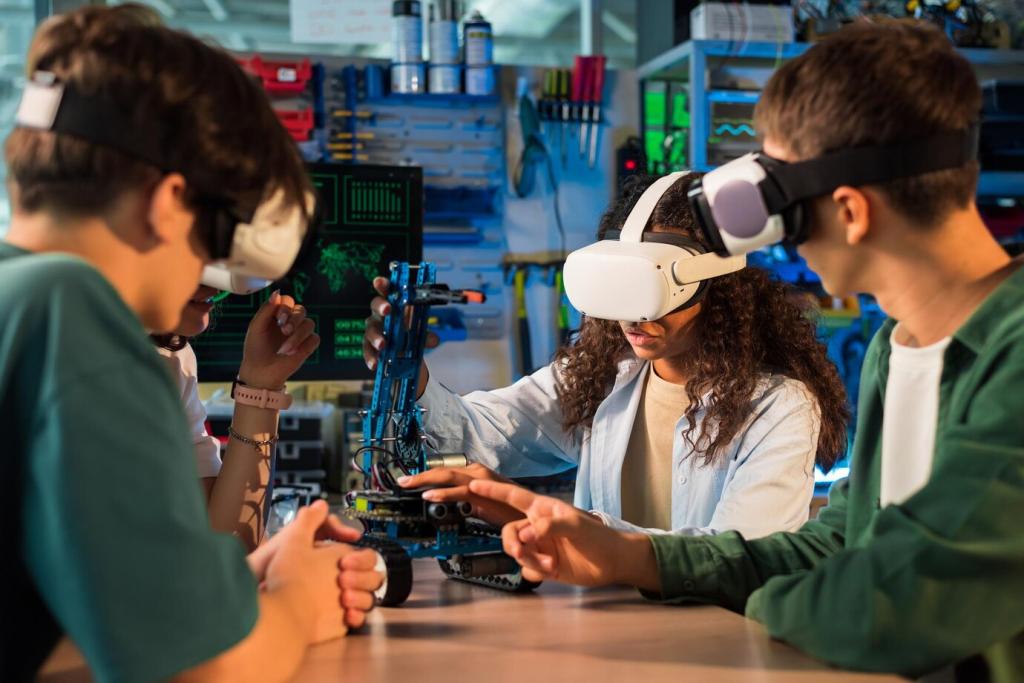
Block-Based Coding
Block-based programming languages, like Scratch or Blockly, are perfect for beginners. Instead of typing out complicated code, kids arrange colorful blocks to create commands for their robots. These visual tools make learning to program feel like solving a puzzle or playing a game. Block-based coding helps kids focus on the logic and structure of programming without getting frustrated by hard-to-remember commands or syntax.

Step-by-Step Instructions
When first learning to program robots, kids start with simple tasks like moving forward, turning, or following a line. By breaking complex projects into small steps, children can see how each command affects the robot’s behavior. This process teaches patience and persistence and shows that even mistakes are valuable learning experiences. Step-by-step instructions also help kids build confidence and prepare for more advanced programming challenges.
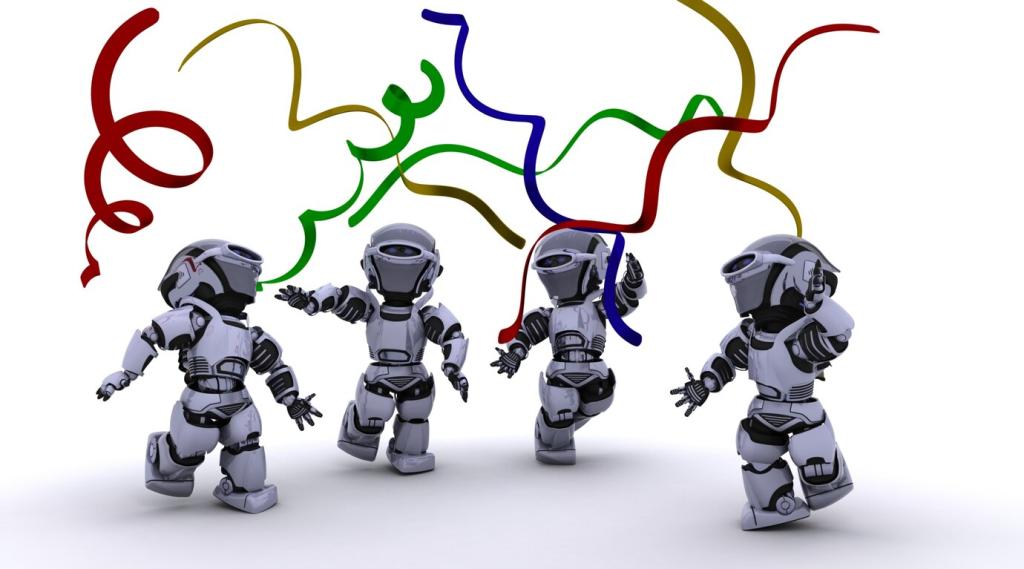
Making Robots Smarter
As kids gain confidence in their programming skills, they can take on projects that make robots act more “intelligently.” This could mean teaching a robot to avoid obstacles, dance to music, or even respond to voice commands. By exploring these ideas, children start to understand how robots can use sensors and information from the environment to make smart decisions. Programming robots to be smarter prepares kids for exciting developments in artificial intelligence and machine learning.
Robotics in Everyday Life
Robots at Home
Many families already use robots, even without realizing it. Robotic vacuum cleaners help keep floors tidy, and smart assistants answer questions or play music with a spoken command. By learning about these everyday robots, kids see how technology is designed to meet real needs and improve our quality of life. This connection to their own world makes robotics relatable and exciting.

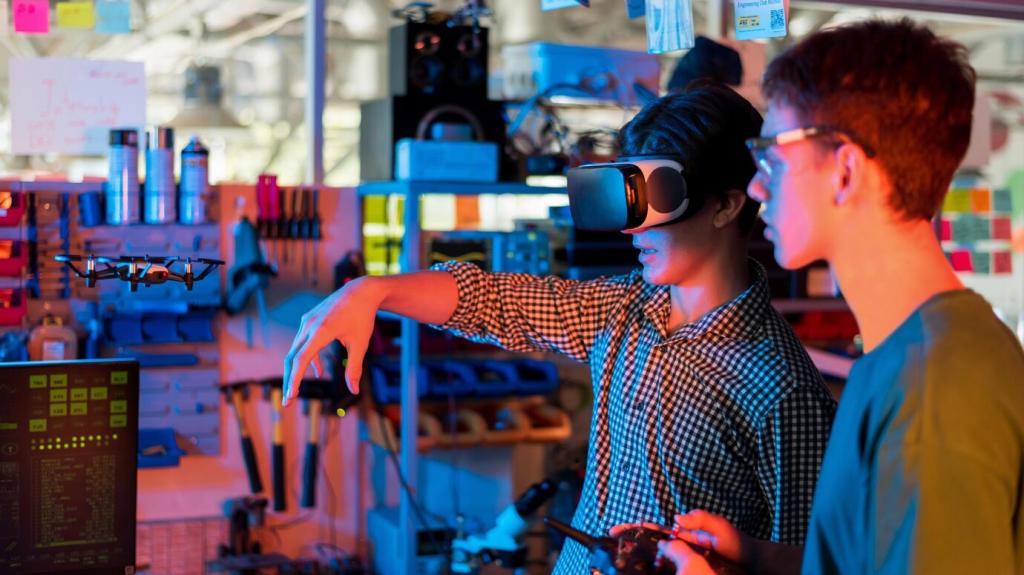
Robots in Medicine
Robots play important roles in hospitals and healthcare. Some assist surgeons with delicate operations, while others help deliver supplies or provide patient care. By learning about medical robots, kids discover how technology can save lives and make healthcare more efficient. These examples can inspire children to imagine new ways robots can help people in the future.
Getting Started with Robotics
Robotics Kits for Beginners
Robotics kits provide everything kids need to start building robots, including parts, instructions, and sometimes even coding platforms. Many kits are designed specifically for beginners and use colorful, easy-to-assemble pieces. By following the included steps, children can quickly build working robots and gain hands-on experience with electronics and mechanics. These kits make learning feel like play and are a great introduction to robotics.
Online Resources and Clubs
There are many online tutorials, videos, and courses that teach robotics to kids at every level. Robotics clubs at schools or in the community offer a chance for children to work with others, share ideas, and participate in competitions. Joining a robotics club or exploring lessons online helps kids find mentors and friends who share their passion, making robotics a social as well as educational experience.
Practice and Patience
Like any new skill, learning robotics takes time and practice. Encouraging kids to keep trying, even when things don’t work perfectly at first, is key to building confidence. Celebrating their efforts and small successes helps children enjoy the process. With practice and patience, they will not only learn how to build and program robots, but also develop valuable life skills for the future.
